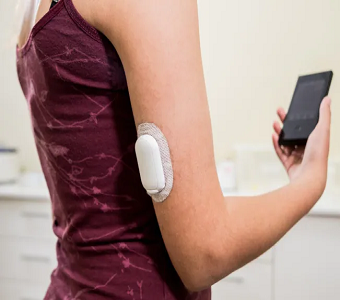Pfizer (PFE) and BioNTech (BTNX) revealed that their COVID-19 vaccine was >90% effective in preventing the virus, compared to patients receiving placebo. This is a huge topline readout because the FDA’s benchmark for efficacy is 50%, and expectations were that the vaccine would be as high as 70% effective. 90%+ efficacy was a blowout. Futures are up nearly 1.5% across the board.
In the Phase 3 trials, a diverse set of healthy volunteers (racial, gender, age, pre-exisiting conditions, etc.) either receive the vaccine or placebo. The interim analysis was conducted after 94 participants in both trial arms developed COVID. Pfizer did not break down exactly how many of those who fell ill received the vaccine. Although, >90% effectiveness implies that no more than 8/94 people who caught COVID-19 had been given the vaccine.
To confirm the efficacy rate, Pfizer said it will continue the trial until there are 164 COVID cases among participants. So far, approximately 44,000 volunteers have been enrolled.
Duration & Safety Still Unknown
The next question that Pfizer will have to answer will be how long the vaccine provides protection and what safety data looks like.
Duration: how effective will the vaccine be at protecting patients from COVID 6 or 12 months after administration? Will efficacy drop significantly from the >90% in this time frame? If so, what is the course of action? Another PFE/BTNX shot? Or another vaccine from others like Moderna or AstraZeneca?
Safety: Back in September, Pfizer released preliminary safety data. Keep in mind, vaccine was administered in 2 shots about 3 weeks apart. After the 2nd dose, 36% of trial participants aged 18 to 64 reported fatigue, while 28% reported a headache and 18% reported muscle pain (see below). The data were blinded between placebo and the vaccine, so you could not see which arm reported what.
Most side effects after the 2nd dose were mild to moderate, but some participants did experience severe or grade 4 side effects that could be life-threatening or disabling (see below). There were also more severe side effects after the second dose as compared with the first dose. It will be interesting to see how this safety data reads with a greater sample size.

Questions around Logistics and Distribution Also Remain
Pfizer expects to produce up to 50 million doses, enough vaccine to protect 25 million people in 2020. Production will jump to 1.3 billion doses in 2021 (protection of ~650M people). Pfizer has an agreement with US government to supply first 100M doses for $19.50 per shot or $39.00 for two shot regimen.
Distribution will be a challenge because the vaccine needs to be stored in cold temperatures. This could cause logistic delays in warmer and developing countries.
PropThink contributors DO NOT have any positions in the companies mentioned in this note.




